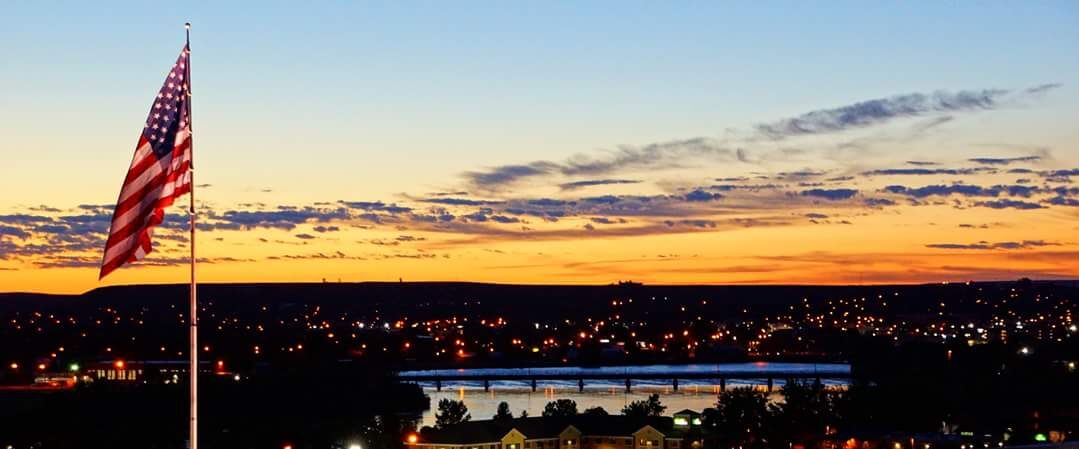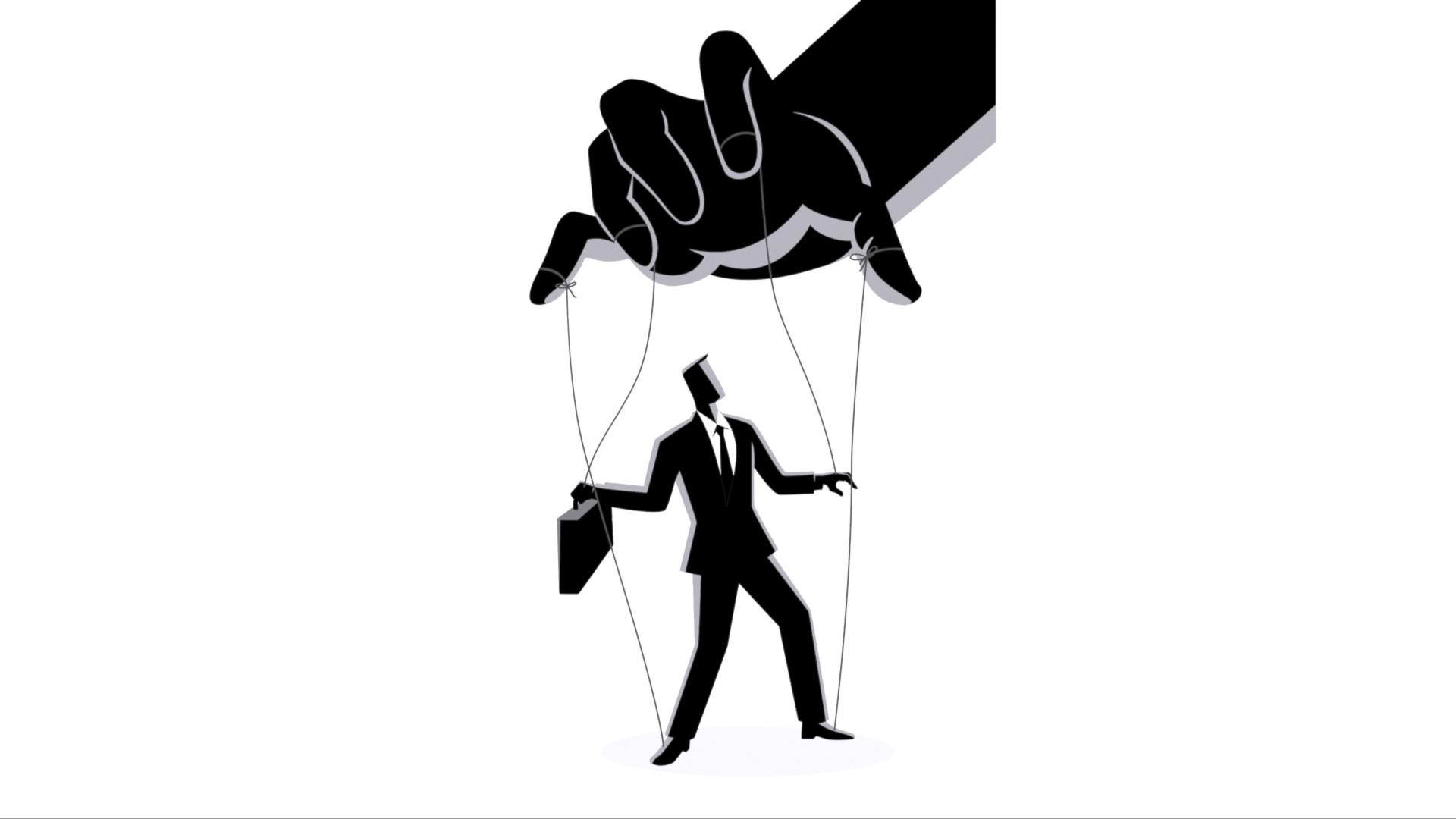________________________________________________________________________ I expect Great Falls residents and business owners will experience a little sticker shock when they see their local property tax bill next month. After intentionally deceiving the public by not including the individual tax impact data on the ballot, our city commission voted for final approval for Great Falls Park District One….
Corporations Are Bad (Except Nike), Right?
________________________________________________________________________ If it’s so hip, edgy, cool and progressive for some to hate all those evil corporations out there then why all of a sudden is it so hip, edgy, cool and progressive to love the Nike corporation? In fact, shouldn’t every good, blue-blooded, anti-corporate Democratic Socialist actually have a special loathing for a…
Candidate Responses: Wendy McKamey (R) House District 19
________________________________________________________________________ As part of E-City Beat’s continuing effort to help our readers make informed decisions as voters, last month we sent questionnaires to all local legislative candidates in the upcoming general election informing them that we would publish their responses without editorial comment. Here are the four questions we asked: What do you see…
Candidate Responses: Diane Heikkila (R) And Mary Swenson (D) – Cascade County Treasurer & Superintendent Of Schools
________________________________________________________________________ As part of E-City Beat’s continuing effort to help our readers make informed decisions as voters we have sent questionnaires to all local candidates in the upcoming general election and will be publishing their responses starting today. First up are the candidates for Cascade County Treasurer & Superintendent Of Schools. Here are the…
Computers, Homework, The Internet, And The Great Falls Public School District
________________________________________________________________________ Editors note: The folks at CTR Computers sent this information to us and we thought it would be helpful and informative for local parents of GFPS students. BY CTR COMPUTERS Here at CTR Computers, where we service, clean , repair and sell quality refurbished systems, I would like to address an issue…
Does The School District Have A Plan?
________________________________________________________________________ The District’s Secret Stash Does the Great Falls Public School District have a plan to grow the local economy and thereby grow the tax base to increase funding for the school district, and perhaps increase student population. How does the district’s do that? New school board trustee, and Great Falls Development Authority employee,…
Questions For Local Candidates
________________________________________________________________________ As part of E-City Beat’s continuing effort to help our readers make informed decisions as voters we have sent questionnaires to all local candidates and will publish their responses starting the week after Labor Day. Here’s the list of local state legislative candidates on the ballot this November and the four questions we…
Tammy Lacey’s Retirement: Good News Or Bad News?
________________________________________________________________________ Now that Great Falls Public Schools Superintendent Tammy Lacey has announced her retirement at the end of this school year we’d like to make a couple of observations and ask a couple of questions. The success of our local public school system should be judged by the quality of educational outcomes for students,…
Who Is Pulling The Strings In Our School District?
________________________________________________________________________ Do we really need a school board at all? This Spring after the voters of Great Fall defeated the Great Falls Public Schools request for an operational levy totaling $1.4 million, our Superintendent of Schools, Tammy Lacey reacted by publicly stating: “Congratulations to Bozeman, Helena, Kalispell, and Missoula school districts for passing their…
Opinion: CSKT Water Compact
________________________________________________________________________ Editors note: E-City Beat does not take a position on the CSKT Water Compact. We are posting this editorial in our ongoing mission to help our readers stay informed on state and local issues. We welcome any editorial submissions presenting the opposing side of this editorial. Legislative Committee Urges Federal Approval of CSKT…










